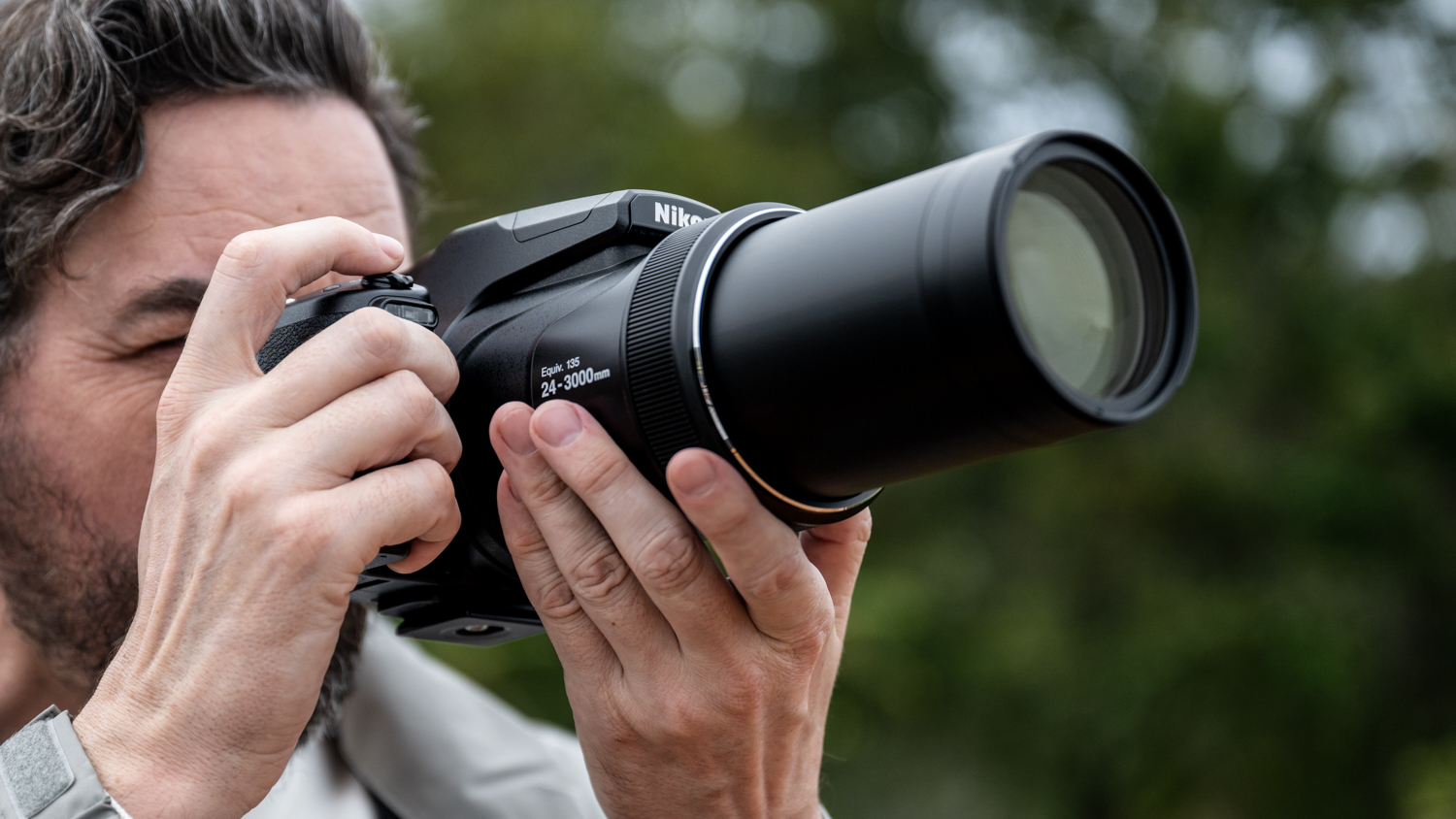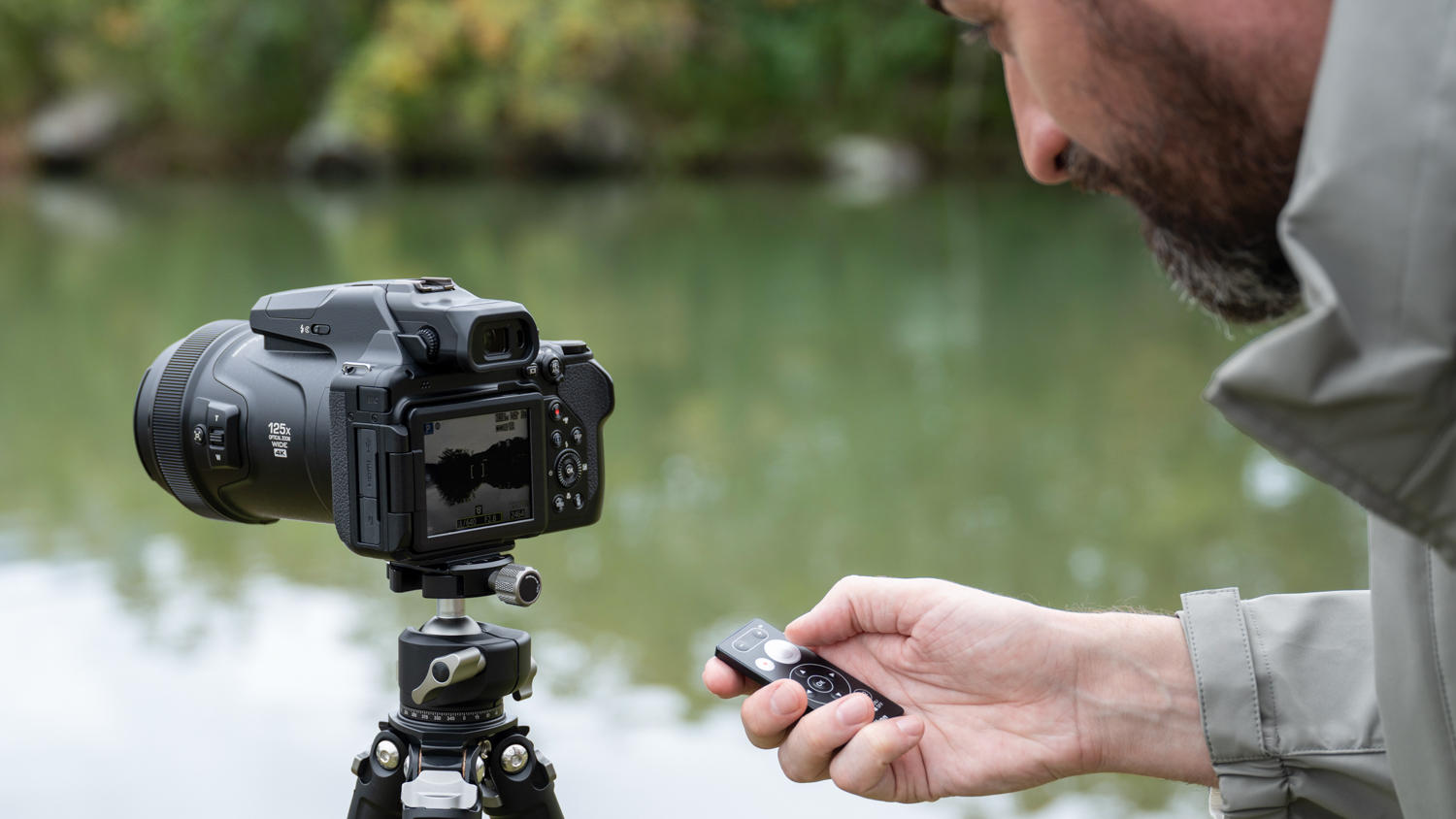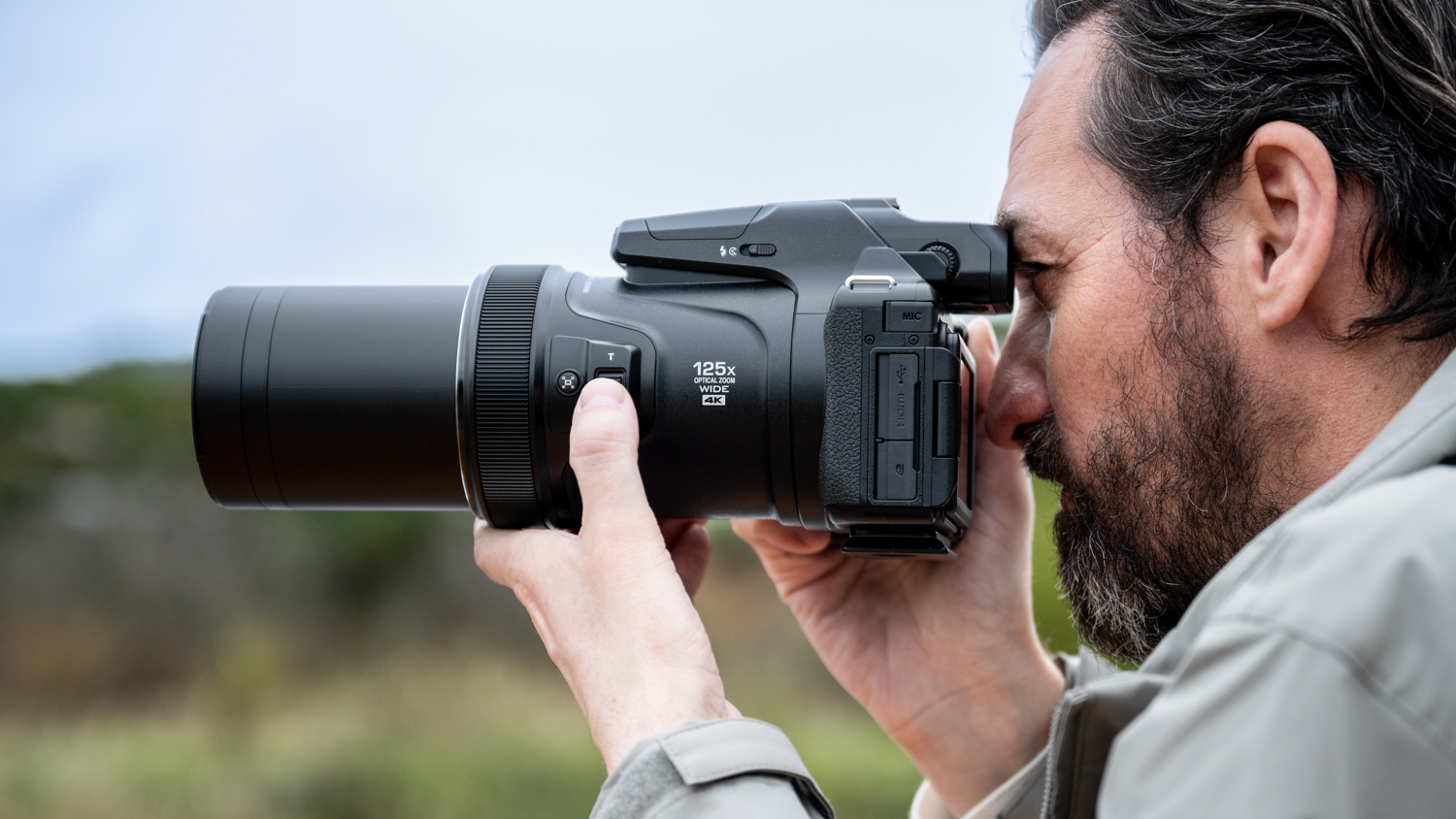Nikon Coolpix P1000 vs. P1100: what exactly has changed, and why
Our comprehensive guide to what's the same and what's changed in Nikon's two greatest bridge cameras

Everyone here at Digital Camera World loved the old Nikon Coolpix P1000 for its sheer outrageousness. A camera with a 3000mm-equivalent lens and a 125x zoom range is simply so incredible that it's impossible not to be won over. We were therefore dismayed to learn of its demise, but thankfully it didn't take Nikon long to release an updated version: the Coolpix P1100.
While we're thrilled that Nikon hasn't stopped making the most awesome bridge camera ever, don't go thinking the new P1100 is an even bigger, badder or madder update of the P1000. The P1100 is essentially the same as the P1000, just with a few subtle tweaks. If you already own a P1000, there's really no need to upgrade.
Here's a quick-reference table of everything that's different between the P1000 and P1100. We'll go into more detail about these changes below.
| Header Cell - Column 0 | Nikon P1000 | Nikon P1100 |
|---|---|---|
| Weight | 1415g | 1410g |
| USB connection | Micro-B | Type-C |
| Fireworks Show mode | No | Yes |
| Long exposure noise reduction control | No | Yes |
| Selectable AF-area mode | No | Yes |
| ML-L7 remote Fn button compatibility | No | Yes |
| Wi-Fi | WPA2-PSK | WPA3-SAE |
| Bluetooth | 4.1 | 5.1 |
| Stabilization (VR) | 5 stops | 4 stops |
| Flash power | Gn 16 | GN 12 |
Regarding those last two differences: stabilization, and flash power. Both cameras share the exact same VR system and pop-up flash. The only reason the P1100 appears to have reduced performance is due to revised CIPA rating standards. Both cameras actually perform identically - the P1100 is not inferior.
Nikon P1000 vs. P1100: the differences explained
Why you can trust Digital Camera World
So why did Nikon bother to discontinue the P1000 and then re-release almost the same camera? Two letters: EU!
Since the EU mandated that by the end of 2024 all mobile phones, tablets and cameras sold in its member states must be equipped with a USB Type-C charging port, camera manufacturers have had to comply. This is why the P1000 was withdrawn from sale in 2024, and why its replacement, the P1100, now features a USB-C connection instead of the P1000's old Micro-B port.
We've seen Sony do the same thing with its a6100A and a6400A cameras. But where those really are exactly the same as the old a6100 and a6400, just with the newer USB port, Nikon has taken the opportunity to make the P1100 better than its predecessor in a few other areas, thereby justifying the new P1100 model number.
These improvements include:
Fireworks Show mode
A Fireworks option has been added to [Multiple exp. Lighten] scene mode. Users do not have to worry about the blown-out highlights that often occur when shooting long exposures and can more easily capture impressively clear scenes of fireworks displays in which the brightness of the foreground or the background differs.
Long exposure noise reduction control
The ability to set long-exposure noise reduction to [Auto] or [Off]
Selectable AF-area mode
The AF-area mode used in Bird-watching mode can now be selected from [Center (spot)], [Center (normal)], or [Center (wide)]. Greater flexibility in framing and more precise focusing enable the capture of sharper images of birds' small eyes or their entire bodies.
ML-L7 remote Fn button compatibility
When the optional accessory ML-L7 Remote Control is connected to the COOLPIX P1100 via Bluetooth, the same functions that can be assigned to the camera's Fn button, for example white balance and AF area mode, can now be assigned to the Fn1/Fn2 buttons on the ML-L7 Remote Control.
Wi-Fi
While both cameras have Wi-Fi connectivity, Nikon has improved the P1100's wireless security with the more secure WPA3-SAE authentication
Bluetooth
Moving from Bluetooth 4.1 in the P1000 to version 5.1 for the P1100 should result in significantly improved speed and range.

Nikon P1000 vs. P1100: similarities
The Nikon P1100 retains the same monster 125x zoom lens from the P1000, which is still the largest in the world. The zoom range is 4.3 to 539mm, but factor in that tiny sensor and this translates to a whopping 24-3000mm (in 35mm terms). And that’s before you’ve digitally doubled it, via Nikon’s Dynamic Fine Zoom, to a frankly ridiculous 250x (6000mm).
Optically, the lens has the same variable aperture of f/2.8 to f/8 and comprises 17 elements in 12 groups, which includes 5 Extra-Low Dispersion lens elements and a Super Extra-Low Dispersion lens element. It also retains the very useful snap-back zoom button, so you can quickly widen the frame if you lose your subject.
Internally you’ll find the same 1/2.3-in 16.79MP CMOS sensor, and an unchanged video spec delivering up to 4K 30p.
The exterior and design of the two cameras is also largely identical, though the P1100 is all of 5 grams lighter - likely due to the change of USB port.

So there you have it: each and every difference between the Nikon Coolpix P1000 and P1100. Whichever camera you choose, you can be assured of simply breath-taking zoom and the ability to see further than with any other bridge camera ever made!
Get the Digital Camera World Newsletter
The best camera deals, reviews, product advice, and unmissable photography news, direct to your inbox!
Ben is the Imaging Labs manager, responsible for all the testing on Digital Camera World and across the entire photography portfolio at Future. Whether he's in the lab testing the sharpness of new lenses, the resolution of the latest image sensors, the zoom range of monster bridge cameras or even the latest camera phones, Ben is our go-to guy for technical insight. He's also the team's man-at-arms when it comes to camera bags, filters, memory cards, and all manner of camera accessories – his lab is a bit like the Batcave of photography! With years of experience trialling and testing kit, he's a human encyclopedia of benchmarks when it comes to recommending the best buys.
